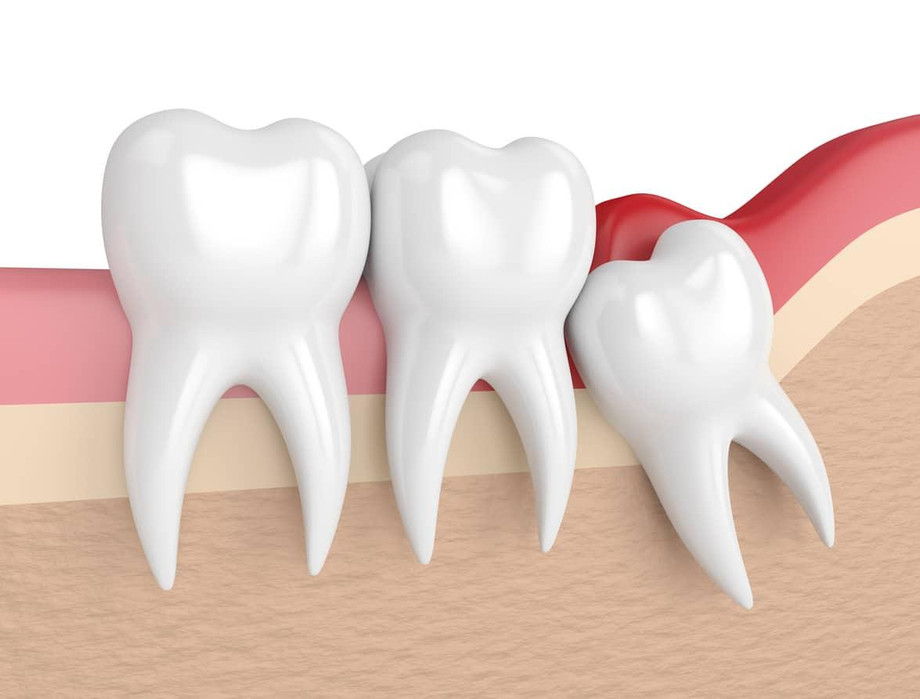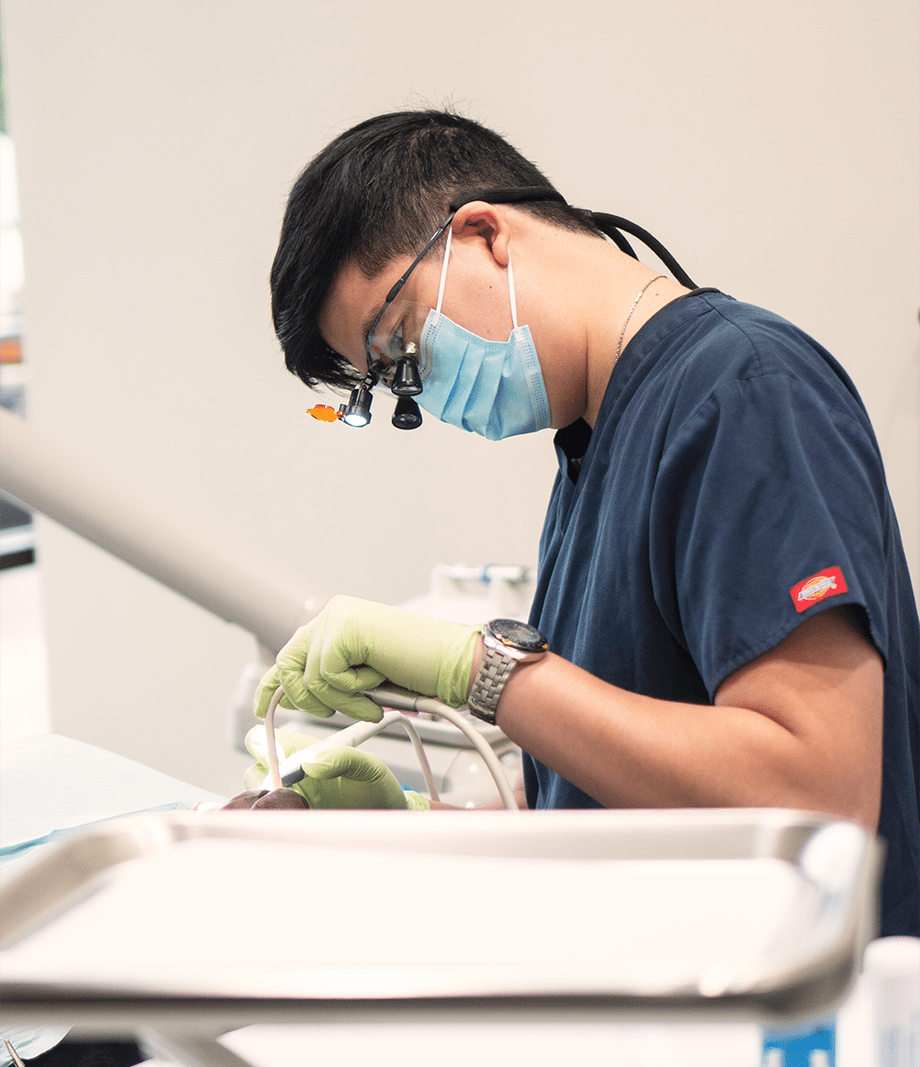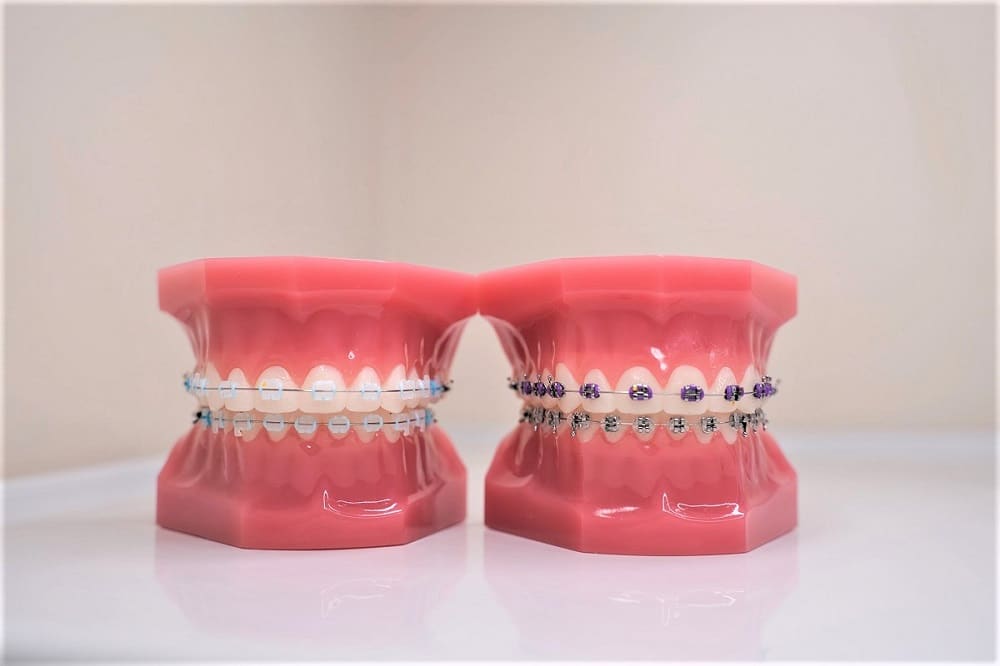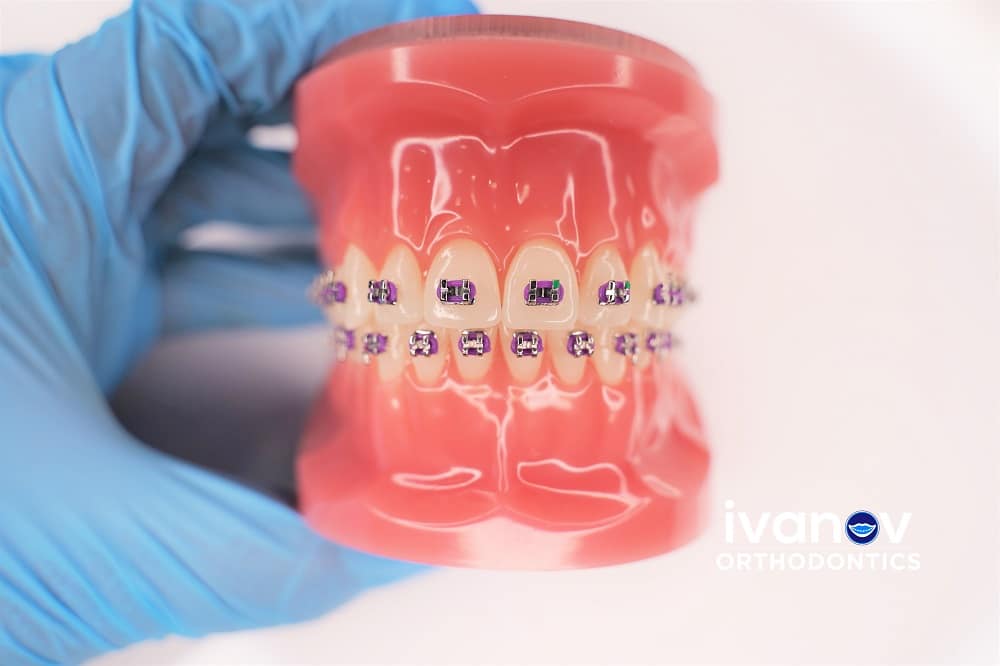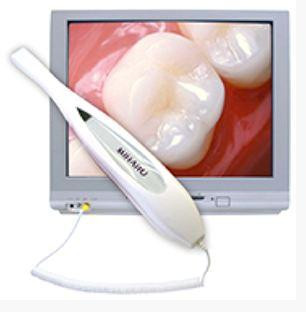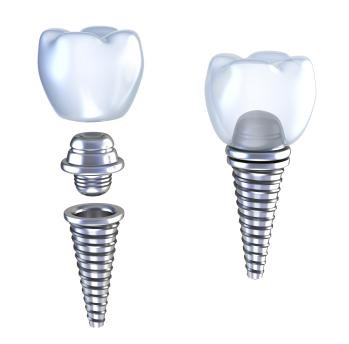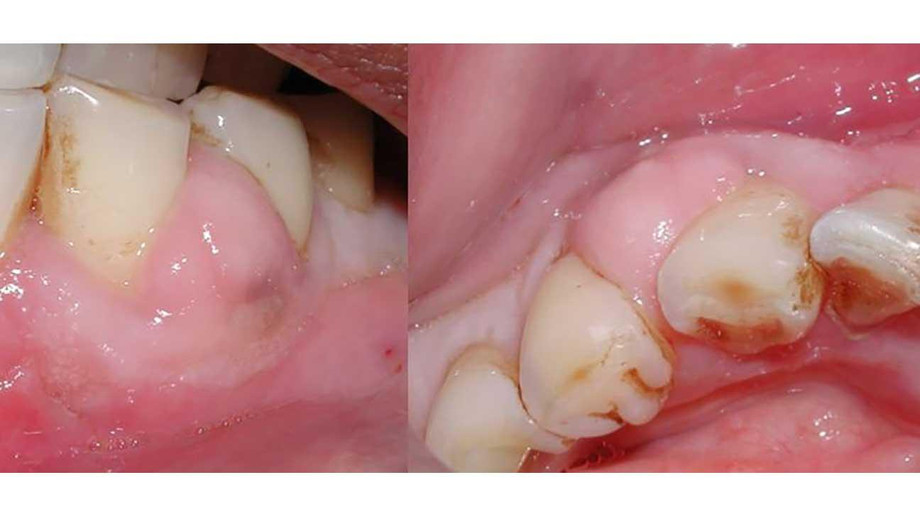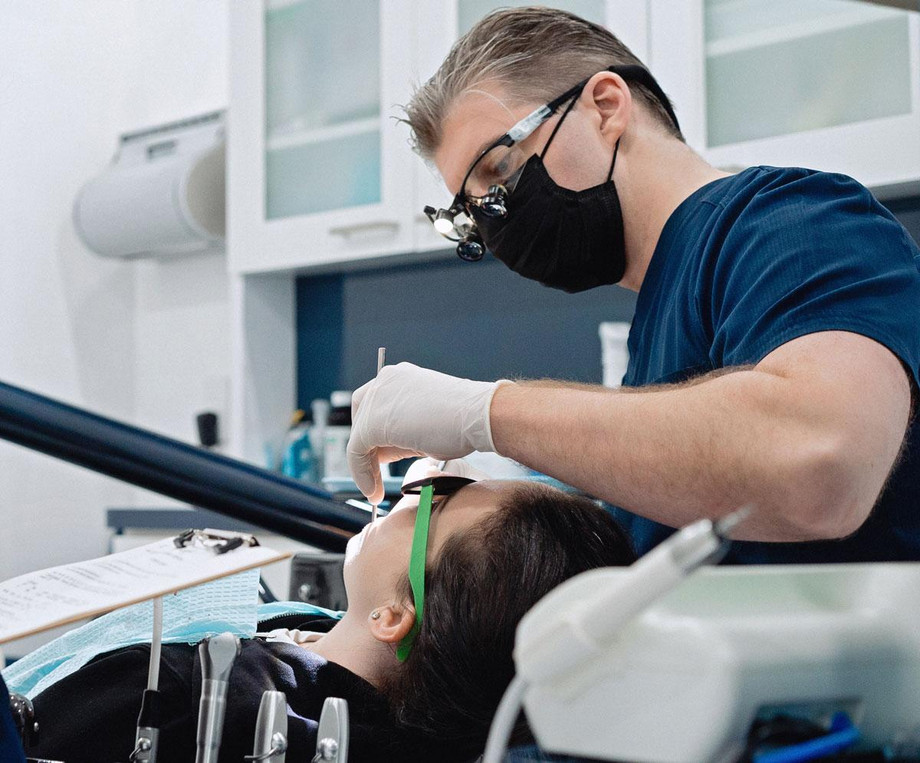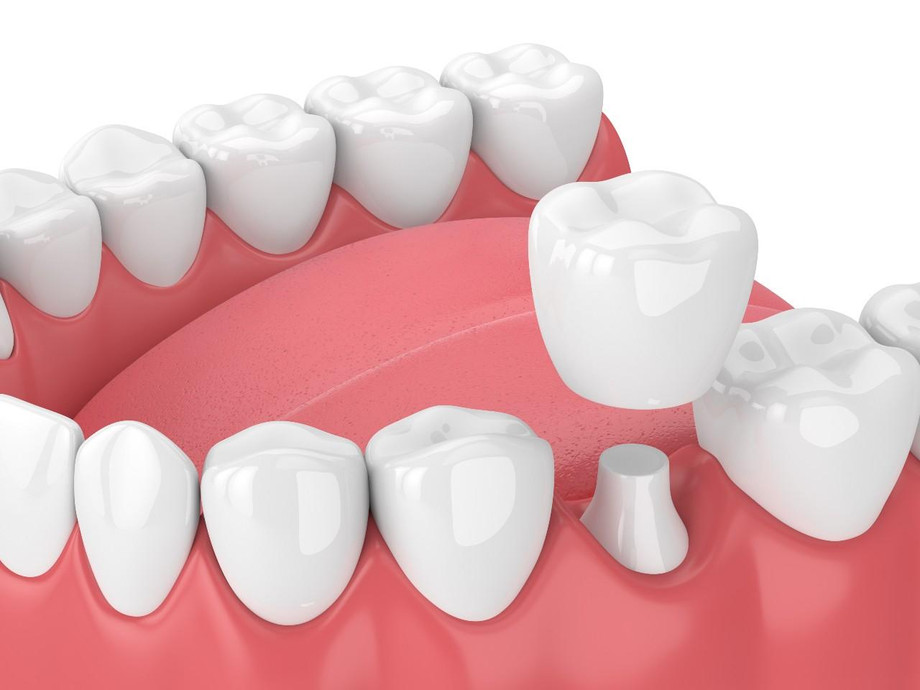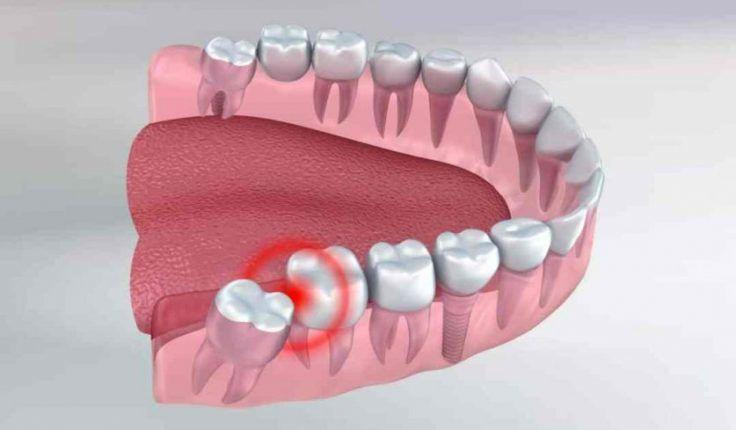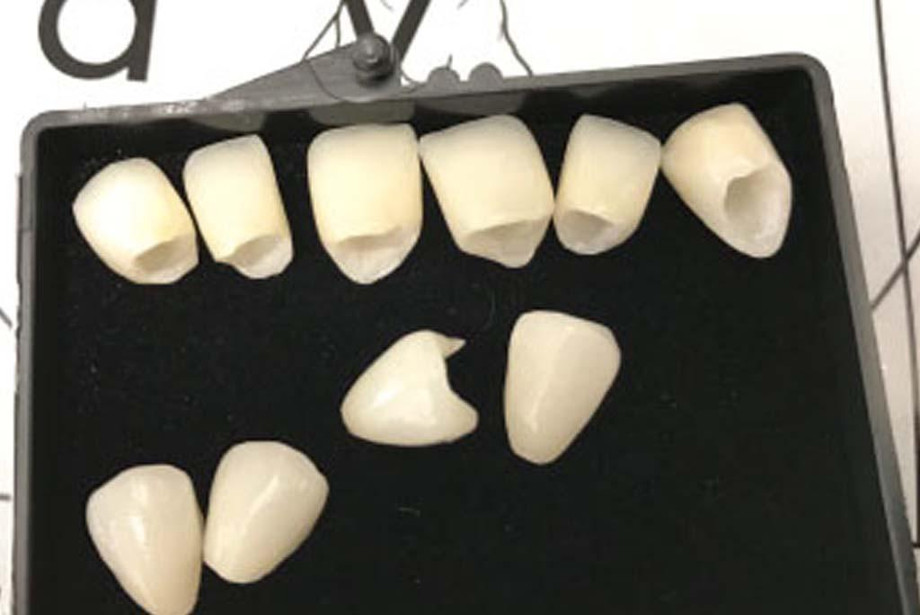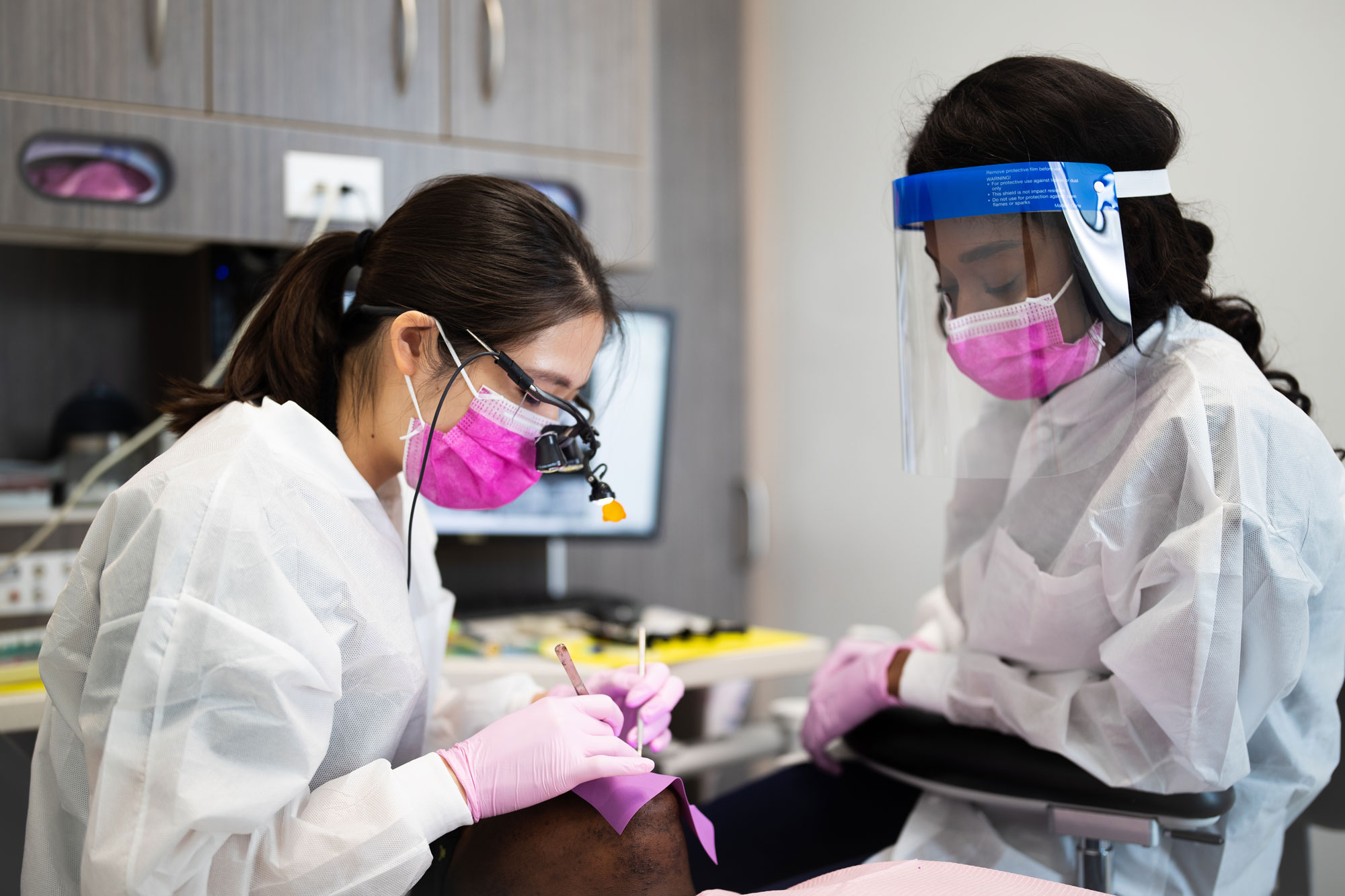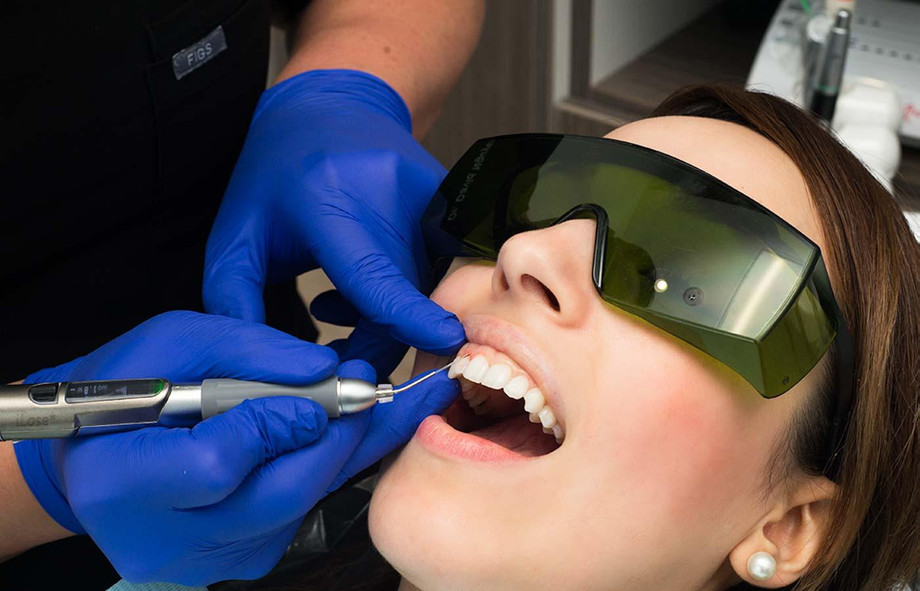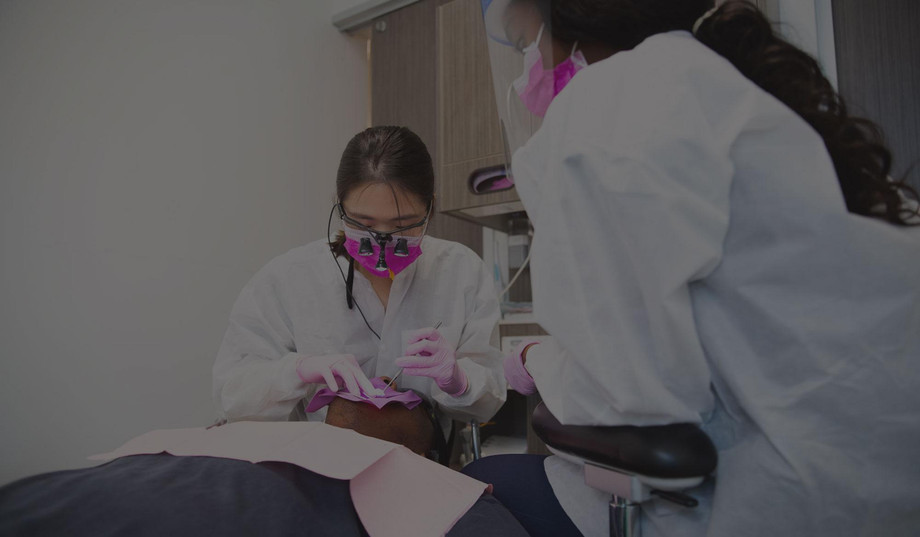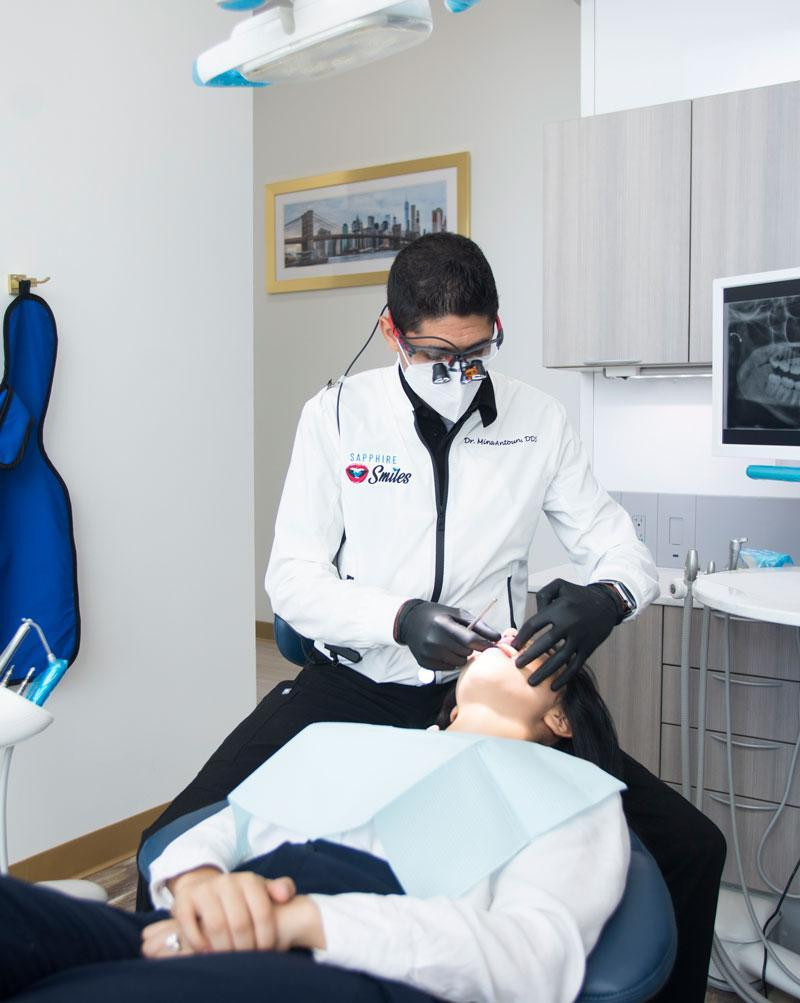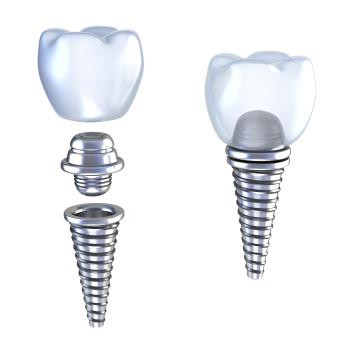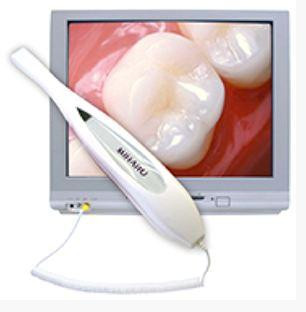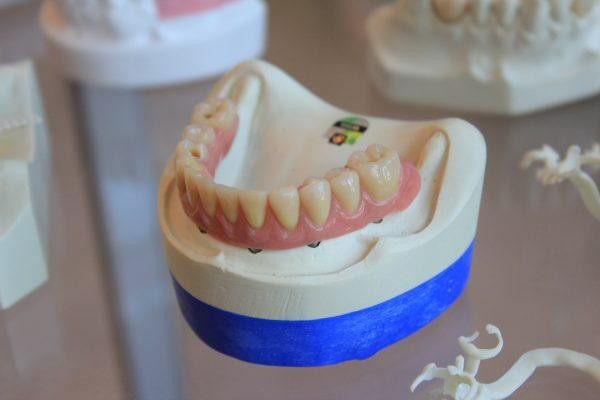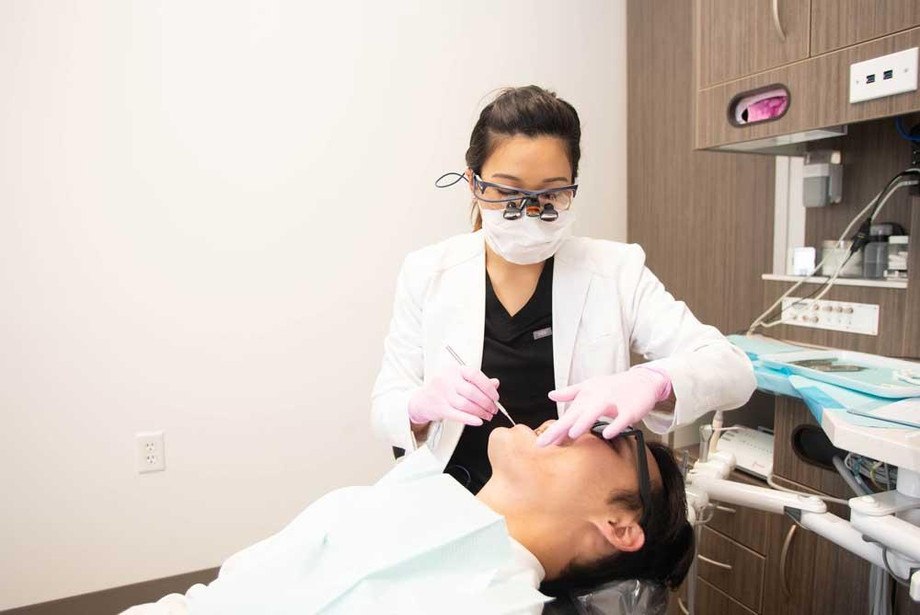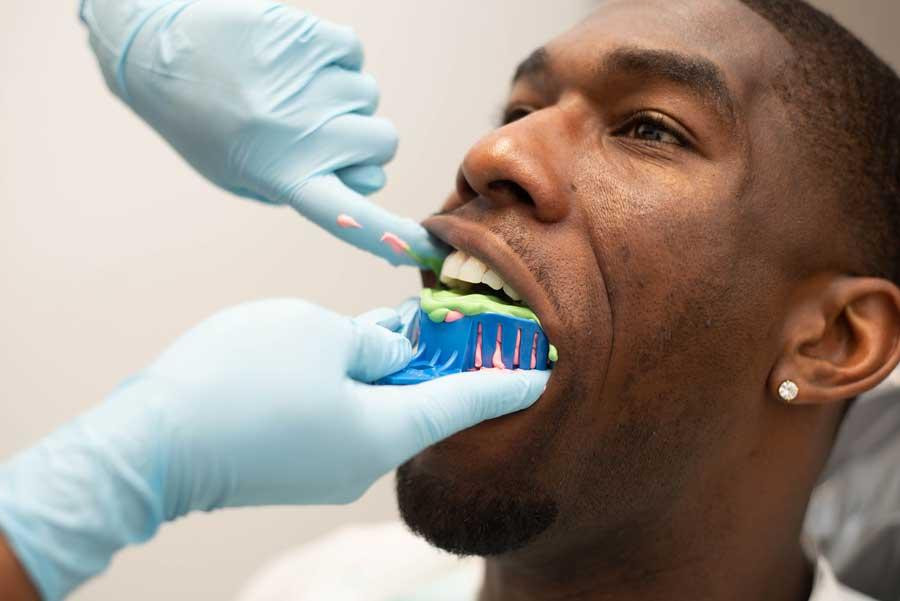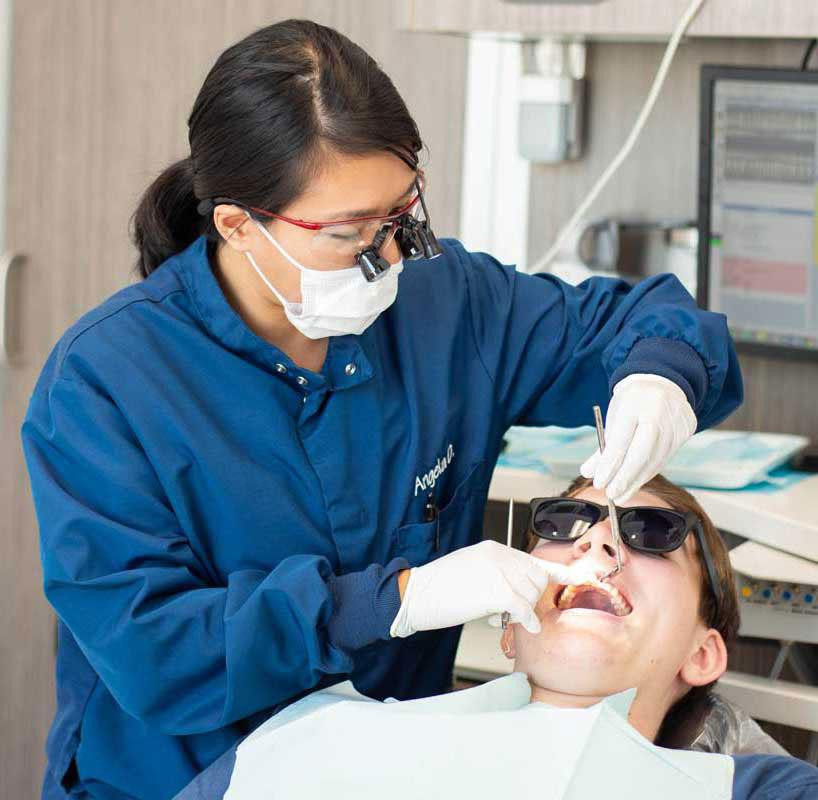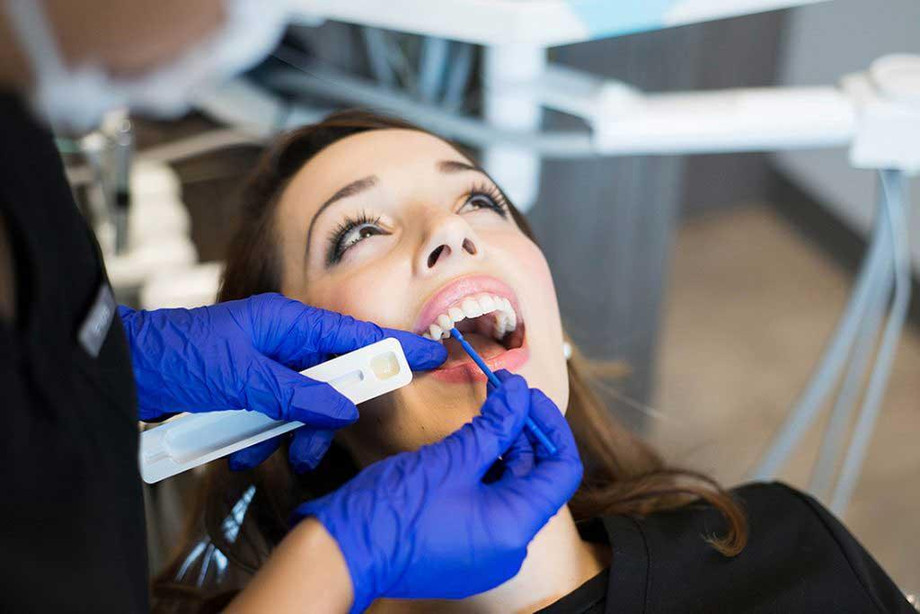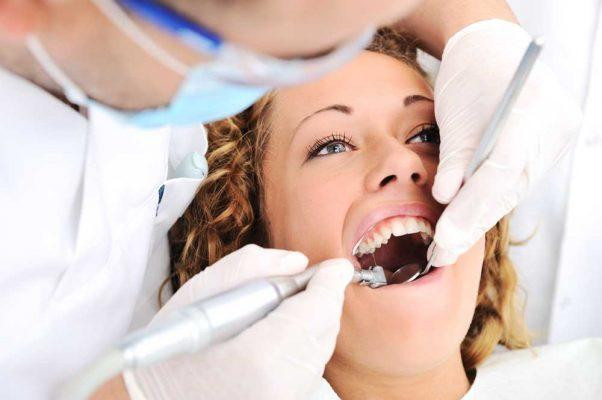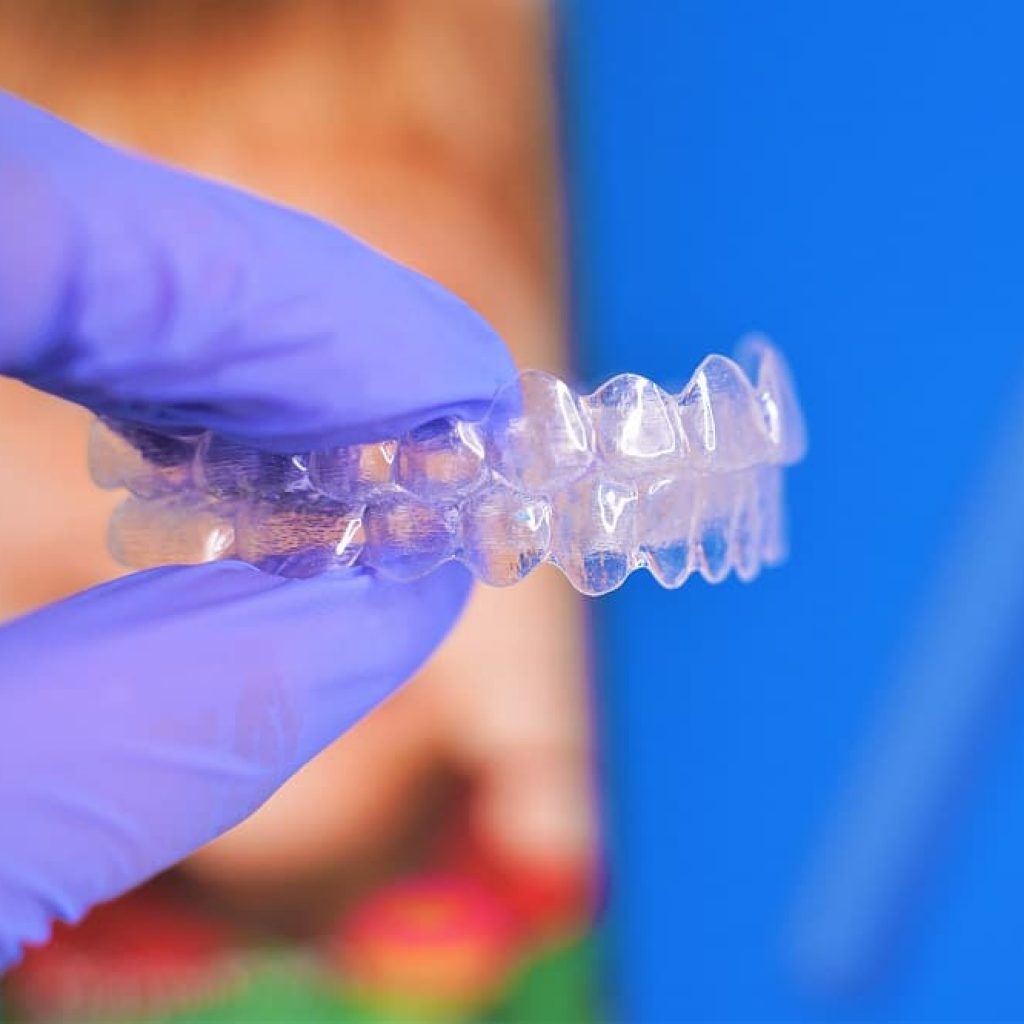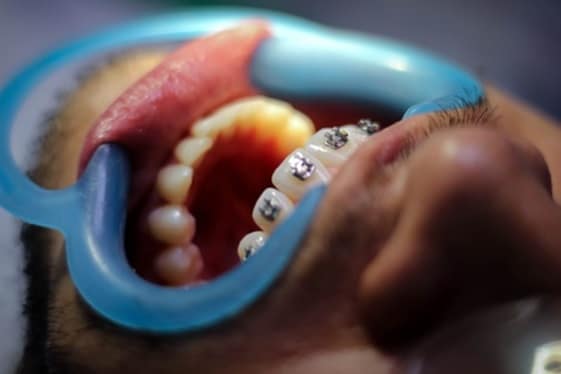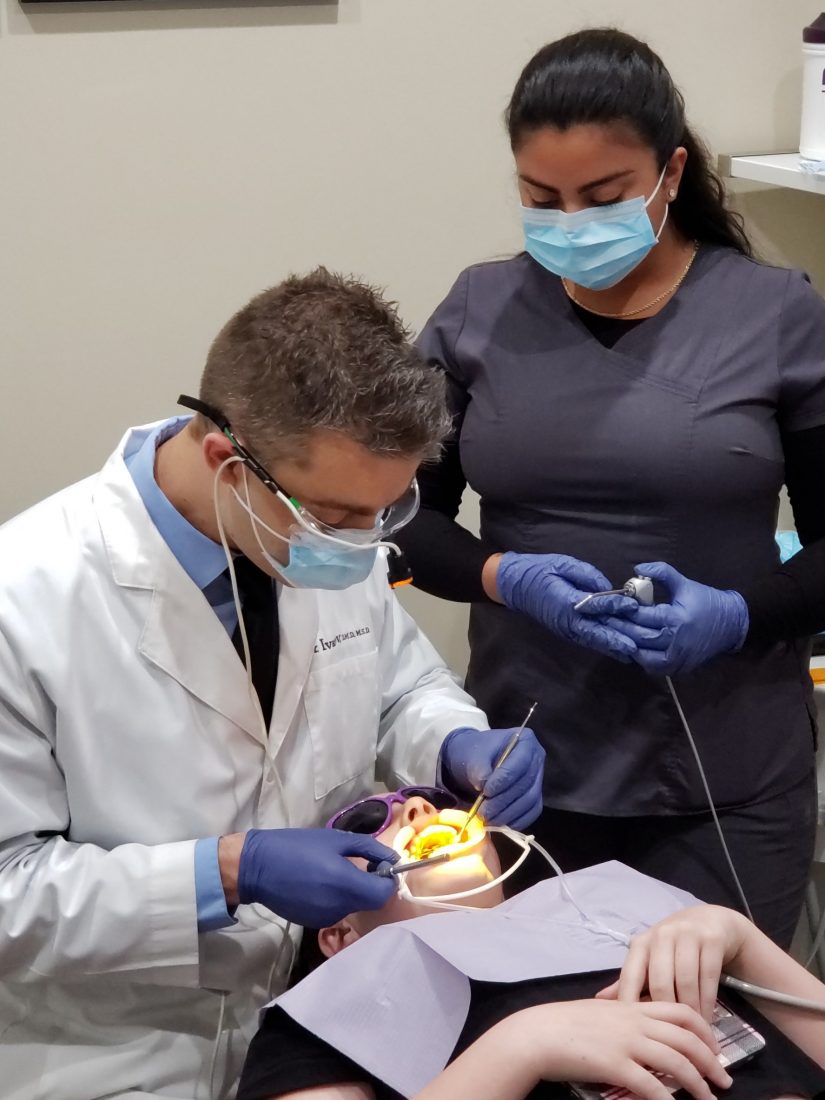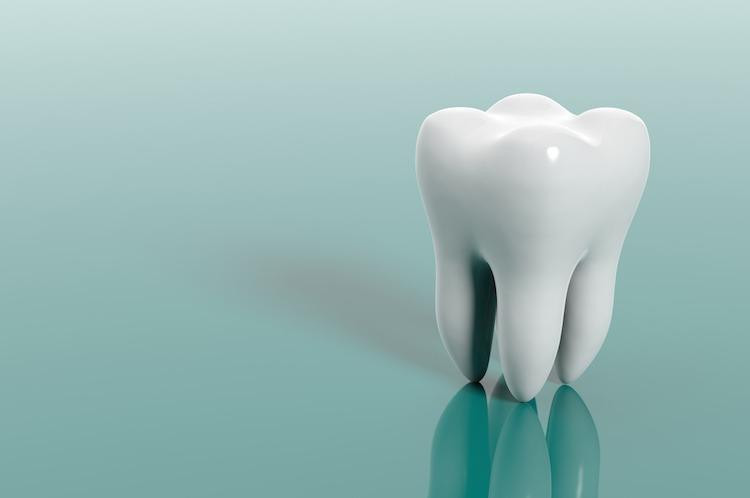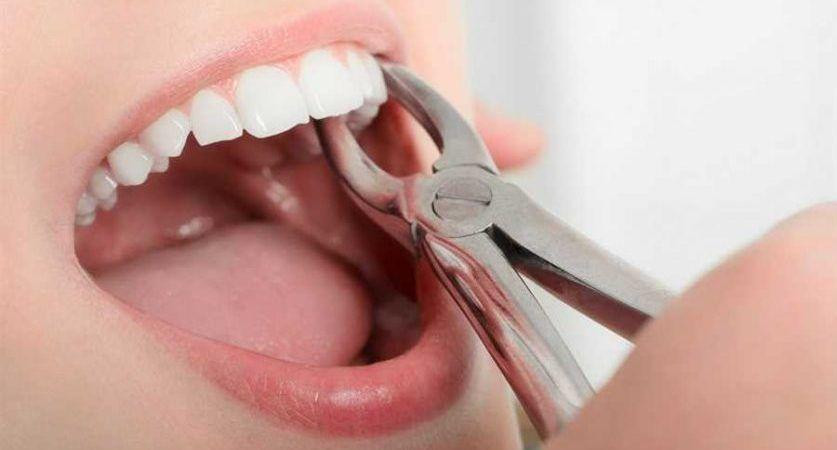Wisdom Tooth Extraction is a surgical procedure that dentists perform to remove the third set of molars, which generally appears or erupts between ages 17 to 25. A dentist or an oral surgeon typically performs wisdom tooth removal surgery. It is an outpatient procedure. A dentist or oral surgeon will recommend this procedure if the X-ray and other tests show that the wisdom tooth is impacted and can cause serious dental issues if they do not remove it. You can ensure that they don't damage the surrounding tooth and bones by removing the impacted wisdom teeth at Emergency Dental Services Near Me.
Wisdom teeth are the last set of teeth to develop or erupt in your mouth. Some people never develop wisdom teeth. For some people, wisdom teeth usually erupt, and for some, wisdom teeth do not erupt fully or erupt at a weird angle. If the wisdom tooth erupts at an odd angle, According to the dentist who provides Emergency Dental Service, if the tooth is impacted or doesn't erupt completely, it could create many problems for you. It is better to extract it to avoid future problems.
What are the significant risk factors involved in a wisdom tooth extraction?
The majority of wisdom tooth extractions do not cause long-term complications. Surgical removal of impacted wisdom teeth, on the other hand, occasionally necessitates making an incision in the gingival or gum tissue and removing bone. Complications can occur in rare cases and include:
- When the blood clot after surgery is lost from the surgical wound site, a painful dry socket or exposure of bone occurs (socket)
- Bacterial infection, a deep cavity, or stuck food particles in the socket
- Damage to the teeth, jawbone, nerves, or sinuses in the area
How can you prepare for the wisdom tooth extraction procedure?
Before starting the procedure, you can discuss any concerns with your oral surgeon or dentist that does Wisdom Tooth Extraction Near Me. They can guide or advise you on what to do in the days leading up to surgery and how to budget for recovery time. They can also discuss the anesthetic they will use and how you will feel following the procedure. You can determine the surgery cost by the severity of the impaction and the number of teeth that dentists will extract or remove from your mouth. Choose an experienced, skilled, qualified surgeon or dental specialist to perform the wisdom teeth extraction.
Check your benefits, what your dentist will cover, and the insurance provider. You can prepare for your healing or Wisdom Tooth Extraction Recovery by purchasing soft or liquid-based foods that are easier to consume after the wisdom teeth removal surgery. Smoothies, applesauce, oats, yogurt, and other simple foods could be among them.
Conclusion
From the above-given matter, we can conclude that the provided information gives us many details regarding wisdom tooth extraction, the risks involved in wisdom tooth extraction, how to prepare for the extraction procedure, and more. For further information regarding wisdom tooth extraction, contact nearestemergencydentist.com.
Article Source :- https://www.bloggingbeep.com/what-do-you-know-about-wisdom-tooth-extraction/
